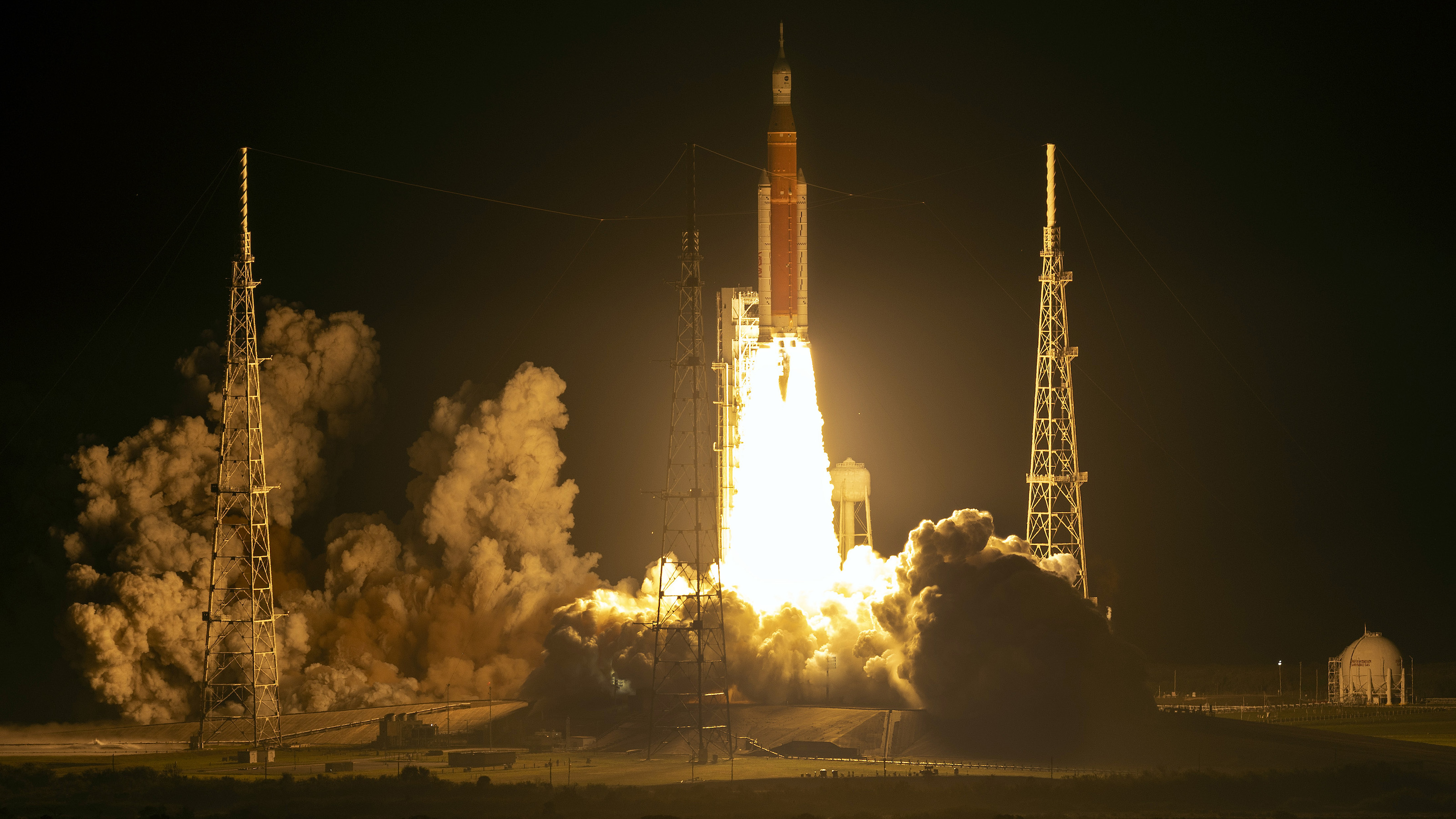The last time humans stepped foot on the Moon was 1972. We plan to go back, but with one huge difference: This time, we plan to stay.
If we establish several permanent outposts on the Moon, we can more deeply explore the secrets of the lunar surface as well as learn how to utilize the Moon’s resources.
This is important because we can’t take everything we need with us when we leave Earth. Learning how to be self-sufficient is crucial for establishing a colony not only on the Moon but also on Mars.
ROBERT CURBEAM: People want to know: 'When are we going back to the moon?' 'When are we going to go to Mars?' And I always tell 'em, 'When we're ready.' Humans have been thinking about space travel in one form or another for a long time. I mean, you can look back at Jules Verne way back in the 1800s. You know, we've always been thinking about traveling off this planet. Once we started realizing that this was a possibility, people started seriously considering what kinds of things we needed to learn how to do to make it happen.
- 'We choose to go to the Moon in this decade, and do the other things not because they are easy, but because they are hard.'
- 'That's one small step for man, one giant leap for mankind.'
CURBEAM: The difference between what we did then and what we plan on doing this time is we plan on returning to stay. I'm Robert Curbeam, former astronaut. I'm currently the senior vice president for Space Capture for Maxar. And I just can't wait until somebody puts a bootprint on Mars. I was with NASA for 13 years. I did three space flights, seven space walks. I am extremely excited now about helping other people accomplish things in space, and more importantly, come back so that they could tell us what they experienced. The last time people were on the Moon was in 1972 during the Apollo 17 mission. Now, we're in the Artemis Era - where we're going back to the Moon, and even further to Mars. And so, we're going to actually establish a presence in lunar orbit with NASA's Gateway, the Gateway not only to allow people to visit the lunar surface, but also travel further into deep space.
Whenever you're designing aerospace vehicles, mass is everything. It is the most important consideration in every decision you make. You're worried about: 'How much is it going to weigh?' Maxar is building the power and propulsion element for this space station. We've made it so that it runs off of solar power. Another project that uses our SEP technology is our Psyche spacecraft- and it's a mission to go investigate an asteroid that's well past Mars. I think solar electric propulsion is going to be very very important to the sustainability of our exploration because it allows us to get there using less propellant. That means that's less mass that you have to get off Earth to push yourself deep into space. Gateway is going to be the most powerful solar electric propulsion vehicle ever built.
I think that there are strong parallels between our age of space exploration that we're starting on now, and all the other great ages of exploration throughout human history. There's a strong curiosity, a desire, to know what's over the next hill beyond the next ocean. Exploring space is no different. I think that we can learn a lot by looking at the exploration to find the Northwest Passage. The Franklin expedition: they tried to carry everything with them, then they failed miserably. But you look at what Roald Amundsen did: he went there, and he lived off the land. A lot of what we would now call 'In-situ Resource Utilization.' He went there and he actually watched and observed the people who lived there, and understood how to survive using the resources that he had in that environment. We're going to have to do the same thing. We're not going to be able to take everything we need, if we're going to stay forever. We're going to have to learn, to the greatest extent possible, to live off of the land; become one with that environment. And once we do that, then we will have succeeded.
When I was younger, my dream was to design a rocket to put a person on Mars. That's what I wanted to do. And now we're finally at the point to make that happen. For all we know, life on Mars may be better than the existence of humans on Earth. I look forward to that day where we have the first human that is not an Earthling. The first human that is born on another heavenly body. I feel like we have the technology. We have the desire to become an interplanetary species. Deep inside us, the need to explore and the desire to explore is there. And so then it's a question of: 'Do we have the will?' 'Are we willing to make the sacrifices, and take the risks involved with doing it?' 'Will we do it?' We don't know what's going to happen to this planet in the future. So we have to be ready, when that time comes, to push out to the next planet.






